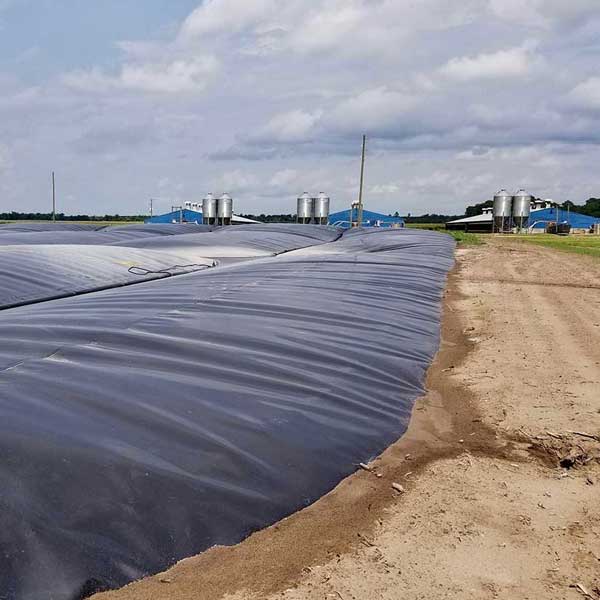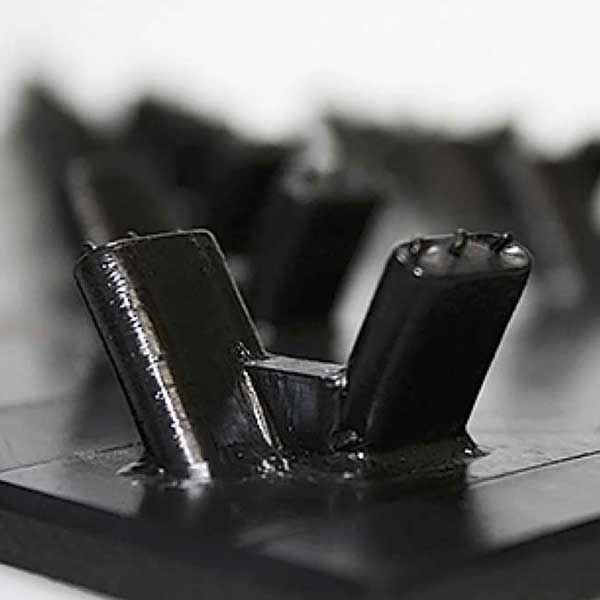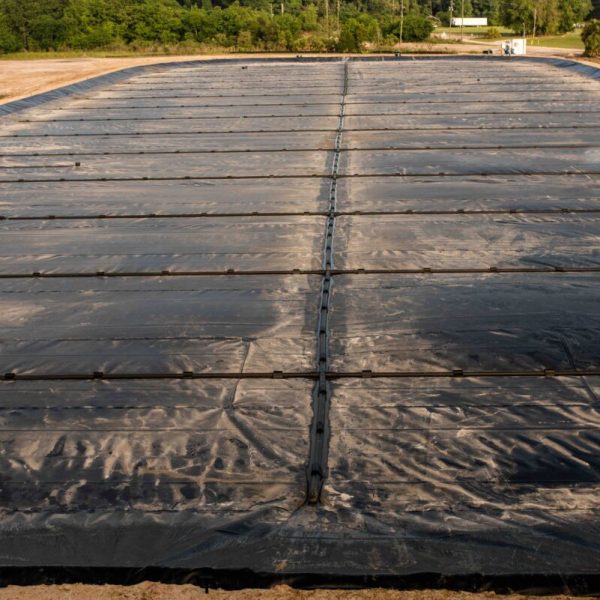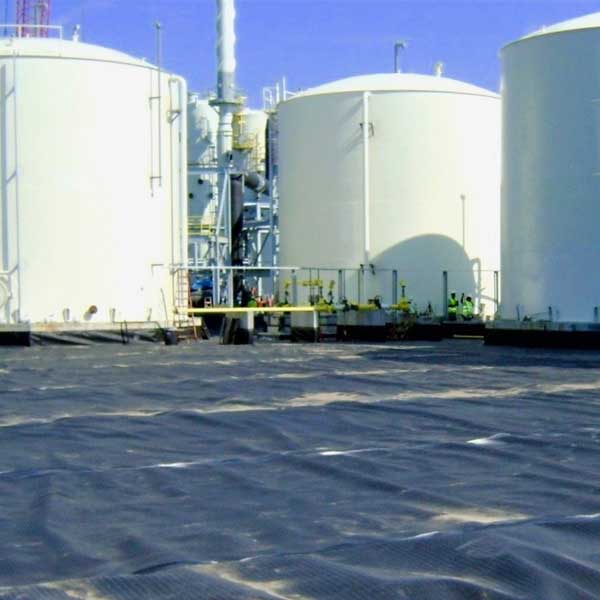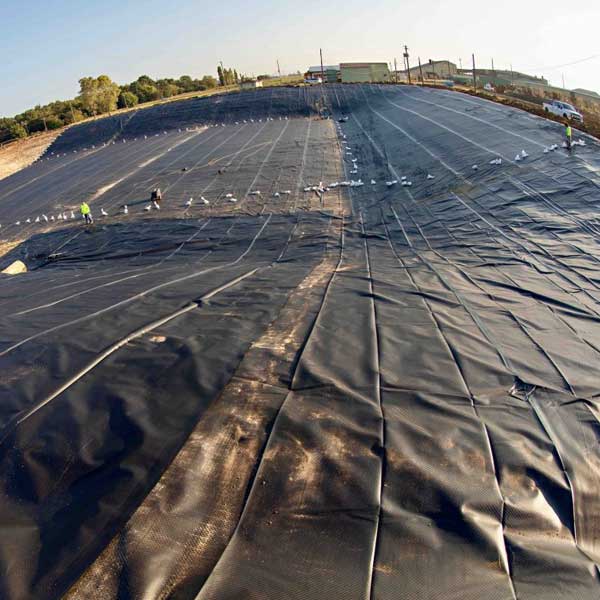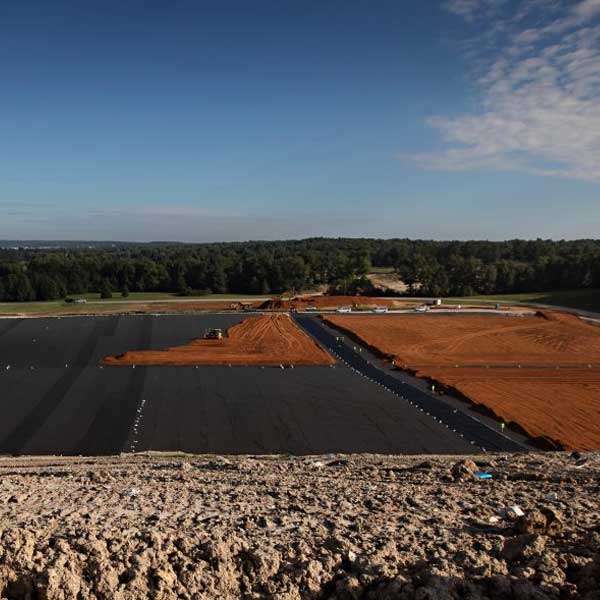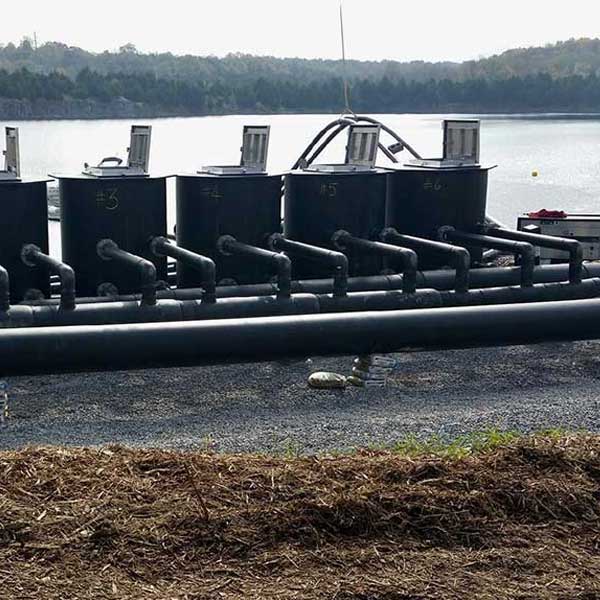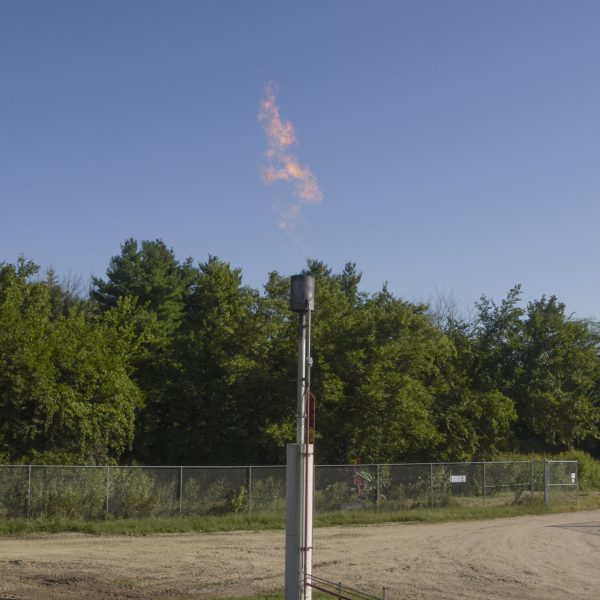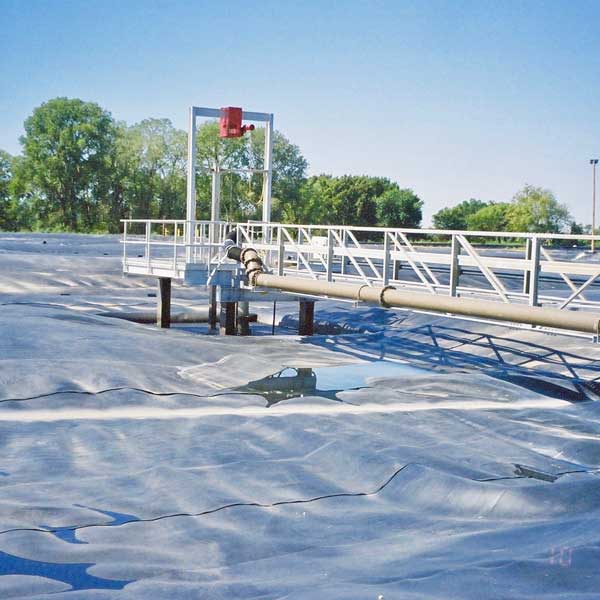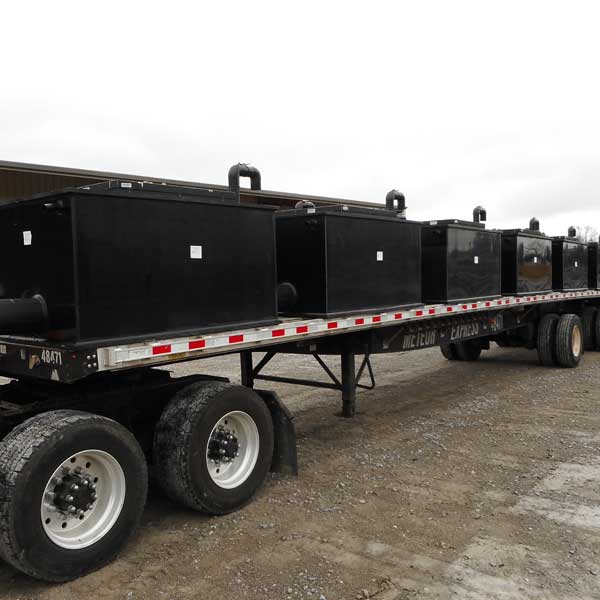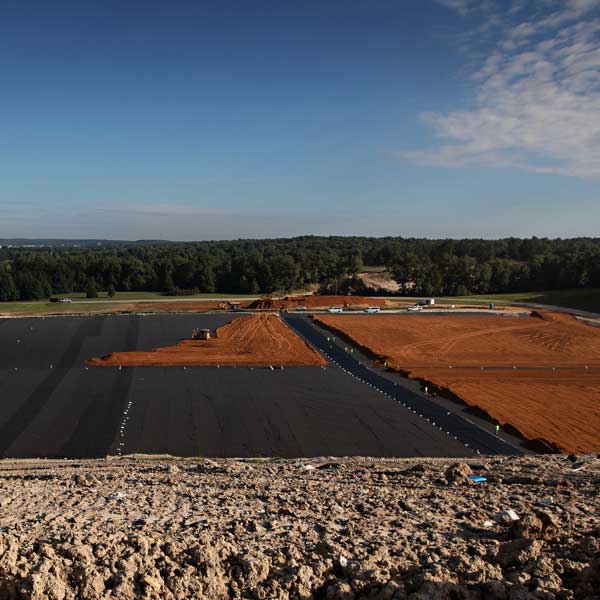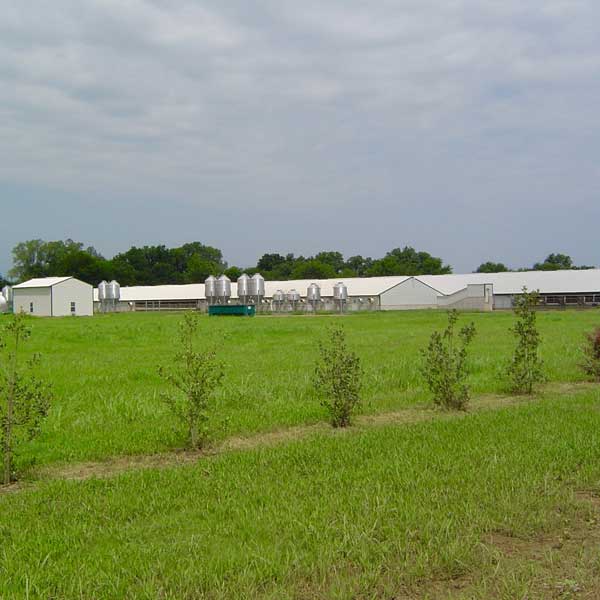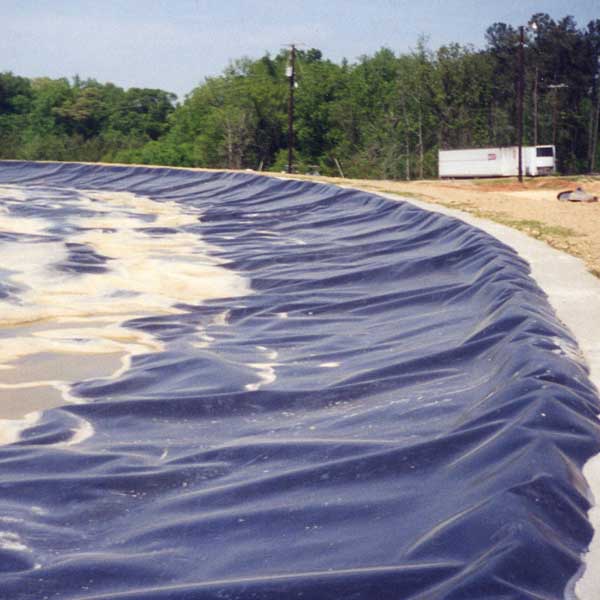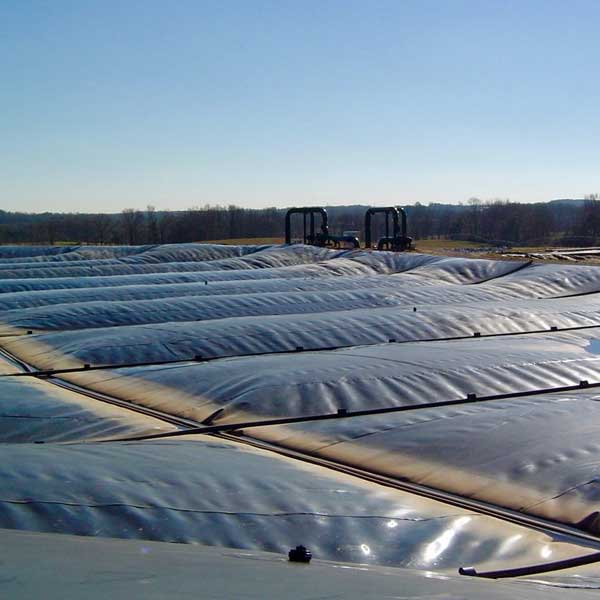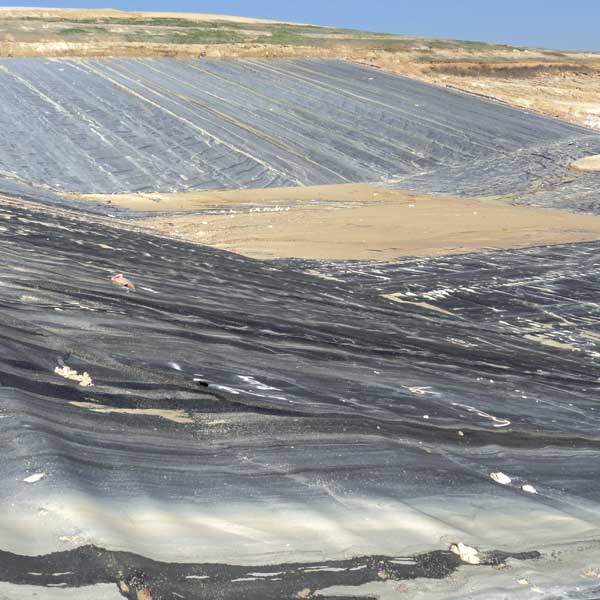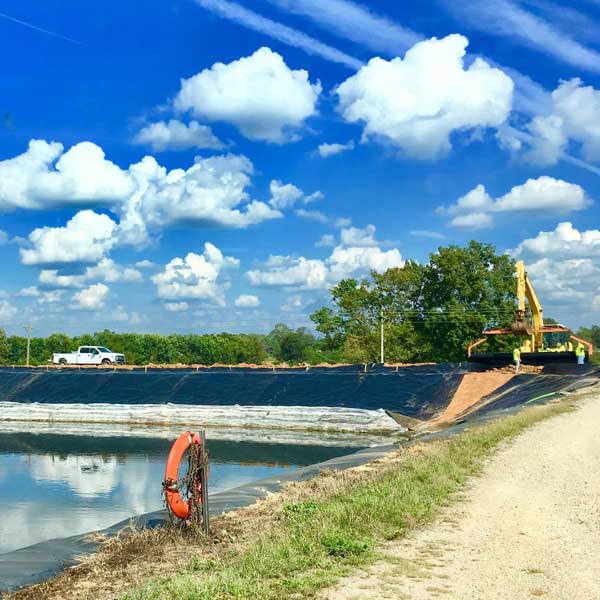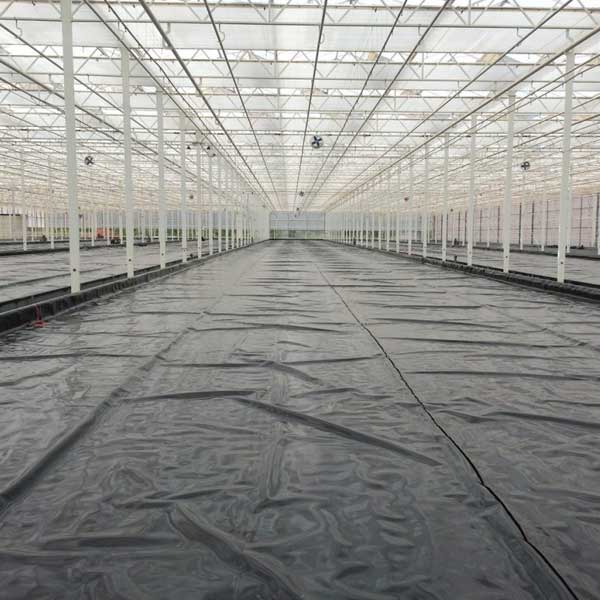Digester Gas Treatment Systems
Plastic Fusion is the leading installer of Digester Gas Treatment Systems, working with partners that treat digester gas. These systems process biogas generated from anaerobic digestion.





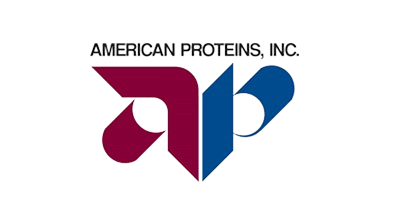





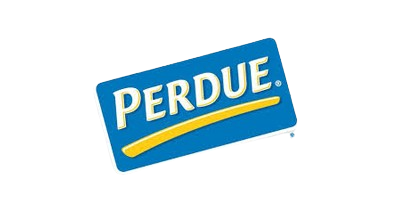

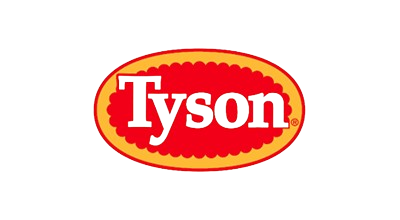
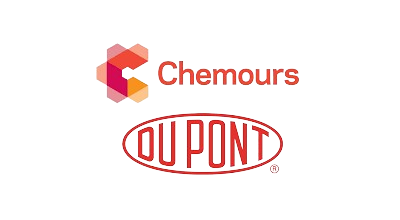

Piping Systems
Our custom fabricated piping systems meet even the toughest handling requirements. Materials offer long-term chemical resistance and environmental containment.
Concrete Protective Liners
Plastic Fusion is a leader in the installation of concrete protective liners in industrial tanks and storage facilities, wastewater treatment tanks, and chemical process plants.
Anaerobic Digester Covers
We design and install HDPE cover systems for anaerobic digesters and are a pioneer in anaerobic digester lagoons for biogas collection and conversion to Renewable Natural Gas (RNG).
Liner Systems
Plastic Fusion is one of the longest standing contractors focused on the installation of geosynthetic liner containment systems.
Digester Gas Treatment Systems
Digester gas treatment systems are essential for processing biogas generated from anaerobic digestion, commonly used at wastewater treatment facilities and in agricultural waste management. These systems purify raw biogas by removing contaminants such as hydrogen sulfide, moisture, and carbon dioxide, enhancing its quality for energy production. The treatment involves desulfurization to prevent corrosion and toxicity, dehumidification to improve combustion and protect equipment, and carbon dioxide removal to increase methane concentration. By refining biogas to meet energy-use standards, these systems not only make the gas viable for generating electricity and heat but also help in reducing greenhouse gas emissions, supporting sustainable energy initiatives.

Read more
What are Digester Gas Treatment Systems?
Digester gas treatment systems are specialized setups designed to purify biogas produced during the anaerobic digestion of organic waste. These systems remove impurities such as hydrogen sulfide, carbon dioxide, and moisture from the biogas, making it suitable for use as a clean energy source or injection into the natural gas grid.
How Do Digester Gas Treatment Systems Work?
Digester gas treatment systems employ various processes to remove contaminants from raw biogas. The main steps typically include:
- Moisture Removal: Condensation processes or adsorption techniques remove excess moisture from the biogas.
- Desulfurization: Chemical scrubbers, activated carbon filters, or biological processes are used to remove hydrogen sulfide (H₂S).
- Carbon Dioxide Removal: Techniques like pressure swing adsorption (PSA), amine scrubbing, or membrane separation reduce CO₂ levels.
- Compression and Storage: The purified biogas is compressed and stored for use in energy production or injection into the natural gas grid.
What Materials are Used in Digester Gas Treatment Systems?
Digester gas treatment systems are constructed from durable materials such as stainless steel, carbon steel, and high-performance plastics. These materials are chosen for their resistance to corrosion, chemical reactions, and high pressure, ensuring the system’s durability and longevity.
What are the Benefits of Using Digester Gas Treatment Systems?
- Enhanced Biogas Quality: Treatment systems significantly improve the quality of biogas, making it suitable for various applications, including electricity generation and natural gas substitution.
- Environmental Compliance: Removing impurities like hydrogen sulfide ensures that the biogas meets environmental standards, reducing harmful emissions.
- Economic Value: Purified biogas has higher economic value and can be sold or used more efficiently, providing additional revenue streams.
- Extended Equipment Lifespan: By removing corrosive and harmful components, these systems protect downstream equipment, extending its operational life and reducing maintenance costs.
- Energy Efficiency: Clean biogas burns more efficiently, enhancing the overall energy efficiency of the system.
How to Implement Digester Gas Treatment Systems?
Implementing digester gas treatment systems involves several key steps:
- Needs Assessment: Evaluate the biogas production and identify the impurities that need to be removed.
- System Design: Design a treatment system tailored to the specific requirements, considering factors such as gas flow rate and impurity levels.
- Material Selection: Choose materials that can withstand the harsh conditions and chemical exposure within the treatment system.
- Fabrication and Assembly: Manufacture and assemble the system components with precision to ensure durability and reliability.
- Installation and Commissioning: Install the system at the biogas production site and conduct commissioning tests to verify its performance and efficiency.
- Operation and Maintenance: Regularly monitor and maintain the system to ensure ongoing efficiency and effectiveness.
What Maintenance is Required for Digester Gas Treatment Systems?
Maintenance of digester gas treatment systems includes regular inspections, cleaning, and servicing:
- Filter and Scrubber Maintenance: Replace or regenerate filters and scrubbers as needed to maintain their effectiveness.
- Moisture Removal Systems: Ensure moisture traps and condensate drains are functioning correctly.
- Sensor Calibration: Periodically calibrate sensors and control systems to ensure accurate monitoring and control.
- System Inspections: Regularly inspect all components for signs of wear, corrosion, or damage and perform necessary repairs.
Why Choose Plastic Fusion for Digester Gas Treatment Systems?
Plastic Fusion is a leader in designing and installing digester gas treatment systems. Known for its expertise and commitment to quality, Plastic Fusion provides customized solutions that meet the specific needs of each biogas production facility. Focusing on using durable materials and advanced technologies, Plastic Fusion ensures optimal performance and reliability of its treatment systems. Choose Plastic Fusion for innovative, efficient, and durable digester gas treatment systems that enhance your renewable energy production capabilities.

